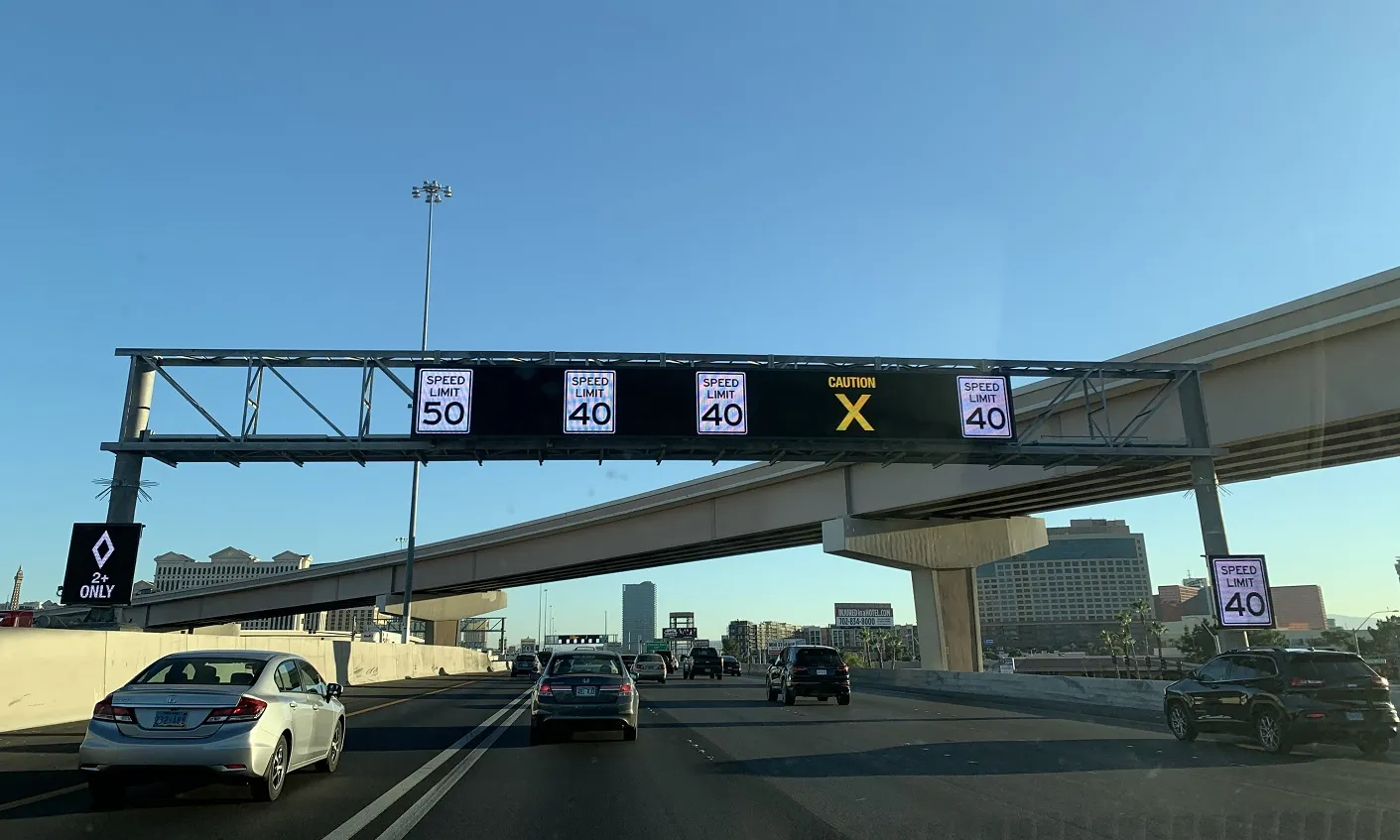The Intelligent Transportation Society of Nevada has named the Nevada Traffic Incident Management (TIM) 2015 Intelligent Transportation Systems (ITS) Project of the Year by ITS Nevada in the under US$2 million category.
Developed by engineering and construction firm Parsons, the state-wide project uses a multifaceted approach to provide incident responders throughout Nevada with TIM education, facilitation of crash debriefings, and joint operations policies.
Parsons performed a variety of TIM tasks
January 21, 2016
Read time: 2 mins
The Intelligent Transportation Society of Nevada has named the Nevada Traffic Incident Management (TIM) 2015 Intelligent Transportation Systems (ITS) Project of the Year by ITS Nevada in the under US$2 million category.
Developed by engineering and construction firm4089 Parsons, the state-wide project uses a multifaceted approach to provide incident responders throughout Nevada with TIM education, facilitation of crash debriefings, and joint operations policies.
Parsons performed a variety of TIM tasks under the program, including a gap analysis to identify recommendations for coalition improvements; a state-wide strategic improvement plan; operations policies, plans, and interagency agreements; TIM performance measures; legislative recommendations; construction guidelines for TIM plans; training and outreach; and communication protocols between responders. Effective TIM reduces the impact of traffic incidents and the frequency of secondary events to improve the safety of responders, motorists, and victims while also improving traffic flow.
“Multiagency training has been a breakthrough in the area of partnership and collaboration between emergency management, first responders, and transportation engineering and operations,” stated Donald Graul, Parsons Group President. “This project demonstrates how states and municipalities can maximise their technology investments to improve safety and reduce traffic congestion.”
Developed by engineering and construction firm
Parsons performed a variety of TIM tasks under the program, including a gap analysis to identify recommendations for coalition improvements; a state-wide strategic improvement plan; operations policies, plans, and interagency agreements; TIM performance measures; legislative recommendations; construction guidelines for TIM plans; training and outreach; and communication protocols between responders. Effective TIM reduces the impact of traffic incidents and the frequency of secondary events to improve the safety of responders, motorists, and victims while also improving traffic flow.
“Multiagency training has been a breakthrough in the area of partnership and collaboration between emergency management, first responders, and transportation engineering and operations,” stated Donald Graul, Parsons Group President. “This project demonstrates how states and municipalities can maximise their technology investments to improve safety and reduce traffic congestion.”








